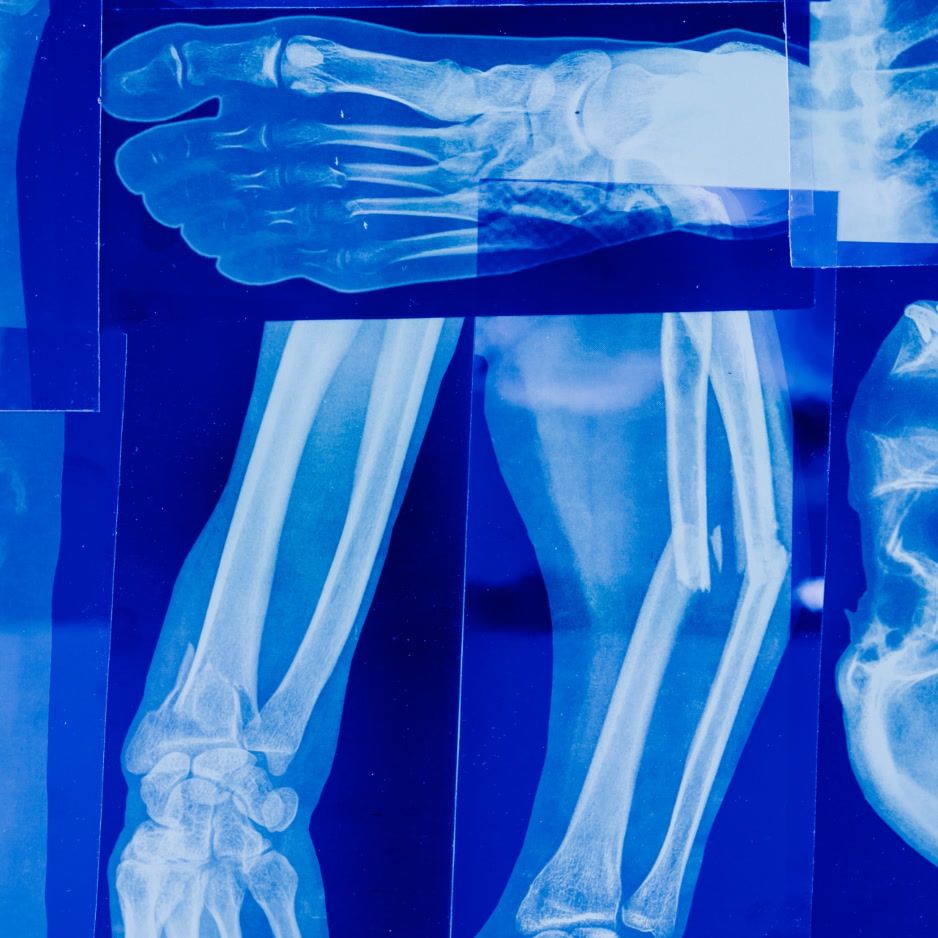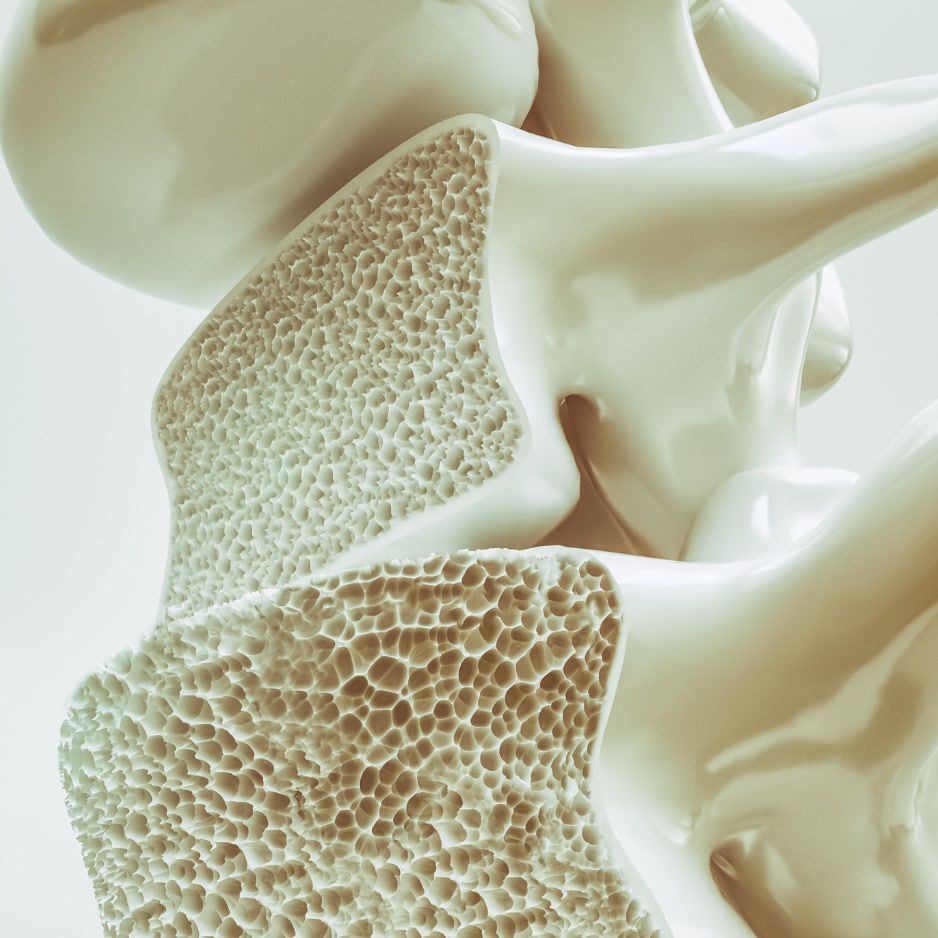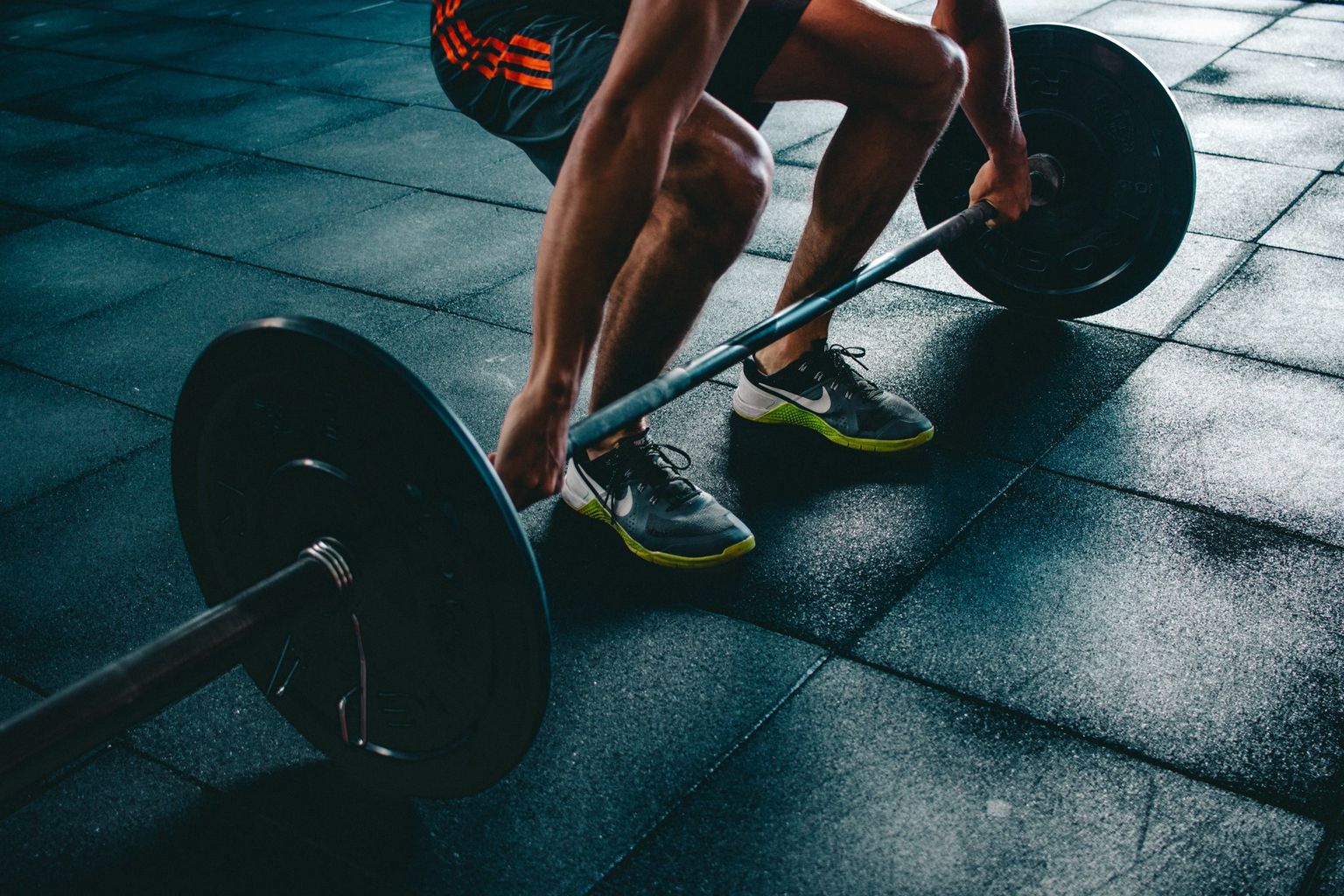How to Improve Focus: 12 Science-Backed Strategies
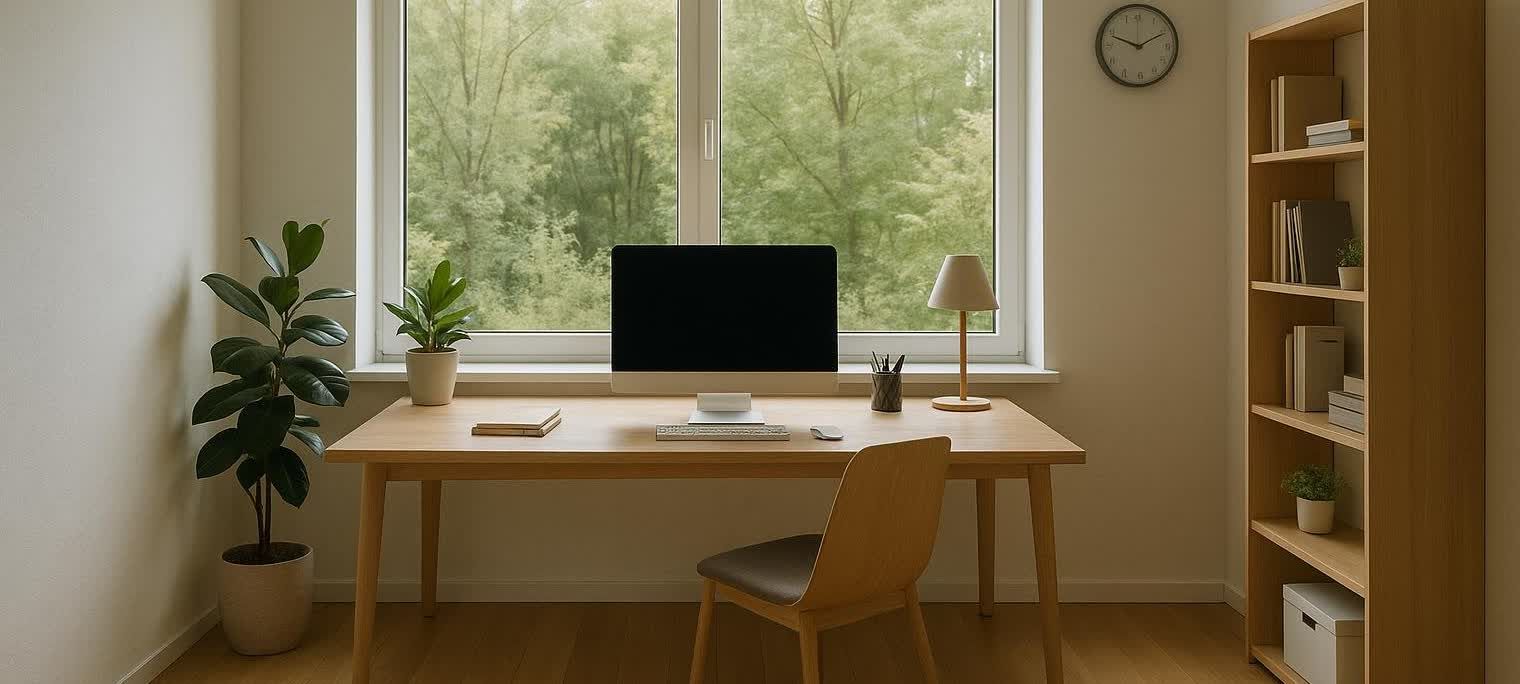
How to Improve Focus: 12 Science-Backed Strategies
Ever sit down to study or crank through a work project only to find your mind wandering after five minutes? You’re not alone. Digital workers toggle between apps nearly 1,200 times per day, losing about four hours each week to re-orientation, according to a study cited by Harvard Business Review.
The good news: focus is a trainable skill—and a few targeted tweaks can make a huge difference.
Below you’ll find a unified, science-backed game plan that blends neuroscience, lifestyle medicine, and productivity psychology. Start with the summary below, or explore the strategies most relevant to your goals.
TL;DR — 12 Proven Ways to Stay Focused
- Protect your sleep window (7–9 hours)
- Turn off non-critical notifications
- Batch tasks into 25–90-minute focus blocks
- Work in a tidy, well-lit, slightly cool room
- Practice 5–10 minutes of mindfulness daily
- Stay hydrated and eat brain-friendly foods
- Exercise 30 minutes, 3–5× per week
- Single-task with deep-work rituals
- Take strategic movement or breathing breaks
- Use nootropics and supplements strategically
- Schedule complex tasks during your energy peaks
- Make focus automatic with habit cues
1. Prioritize Sleep—Your Brain’s Focus Fuel
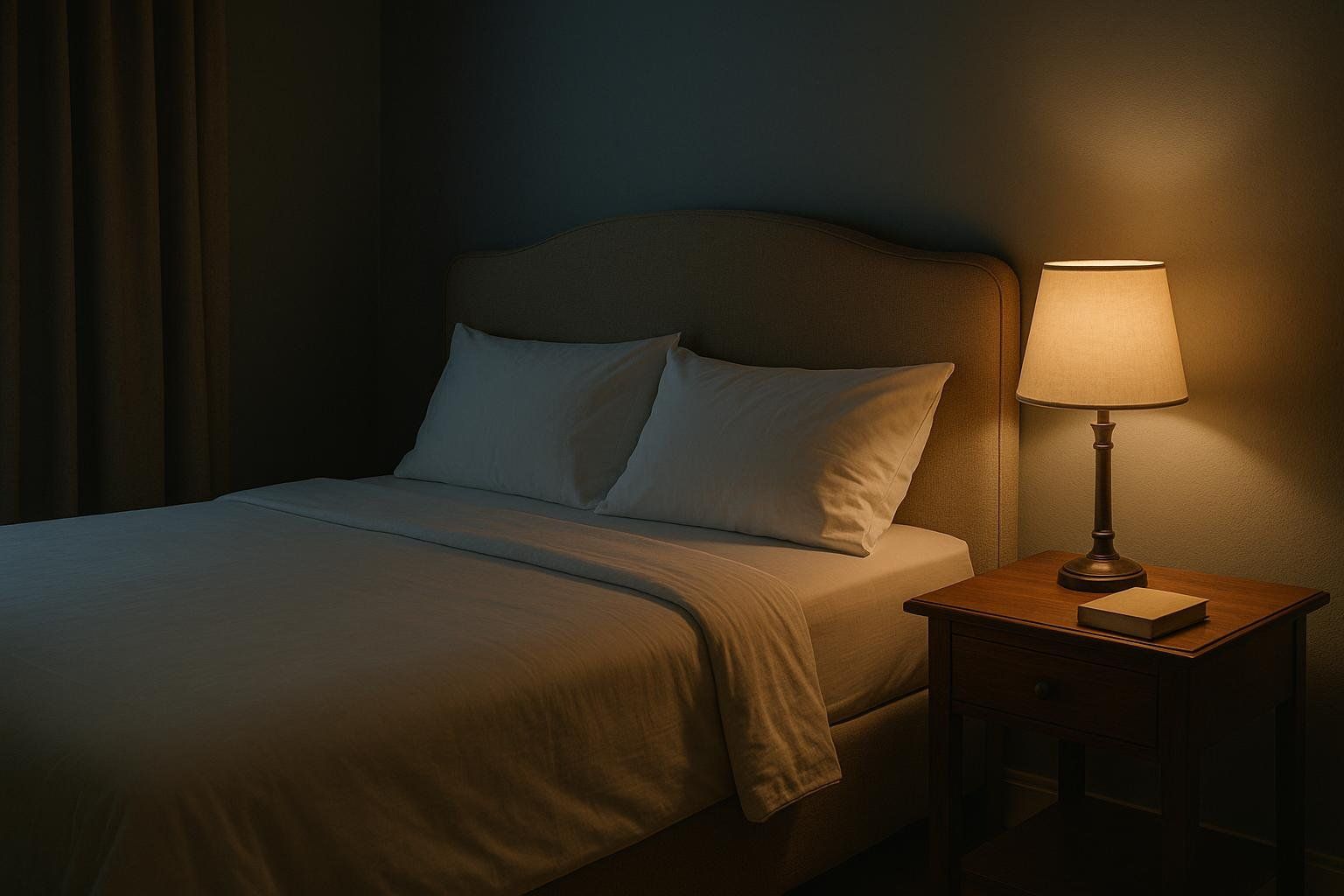
Sleep isn’t just rest; it’s when your brain clears metabolic waste and cements memories. A systematic review found that a single night of restricting sleep to 2–6 hours significantly increased attentional lapses and reaction times the next day (Sleep Medicine Reviews, 2024).
Action plan
- Keep a fixed bedtime/wake time—even on weekends.
- Limit caffeine after 2 p.m.
- Build a 30-minute wind-down: dim lights, stretch, read.
Learn more about getting enough sleep.
2. Tame the Digital Attention Thieves
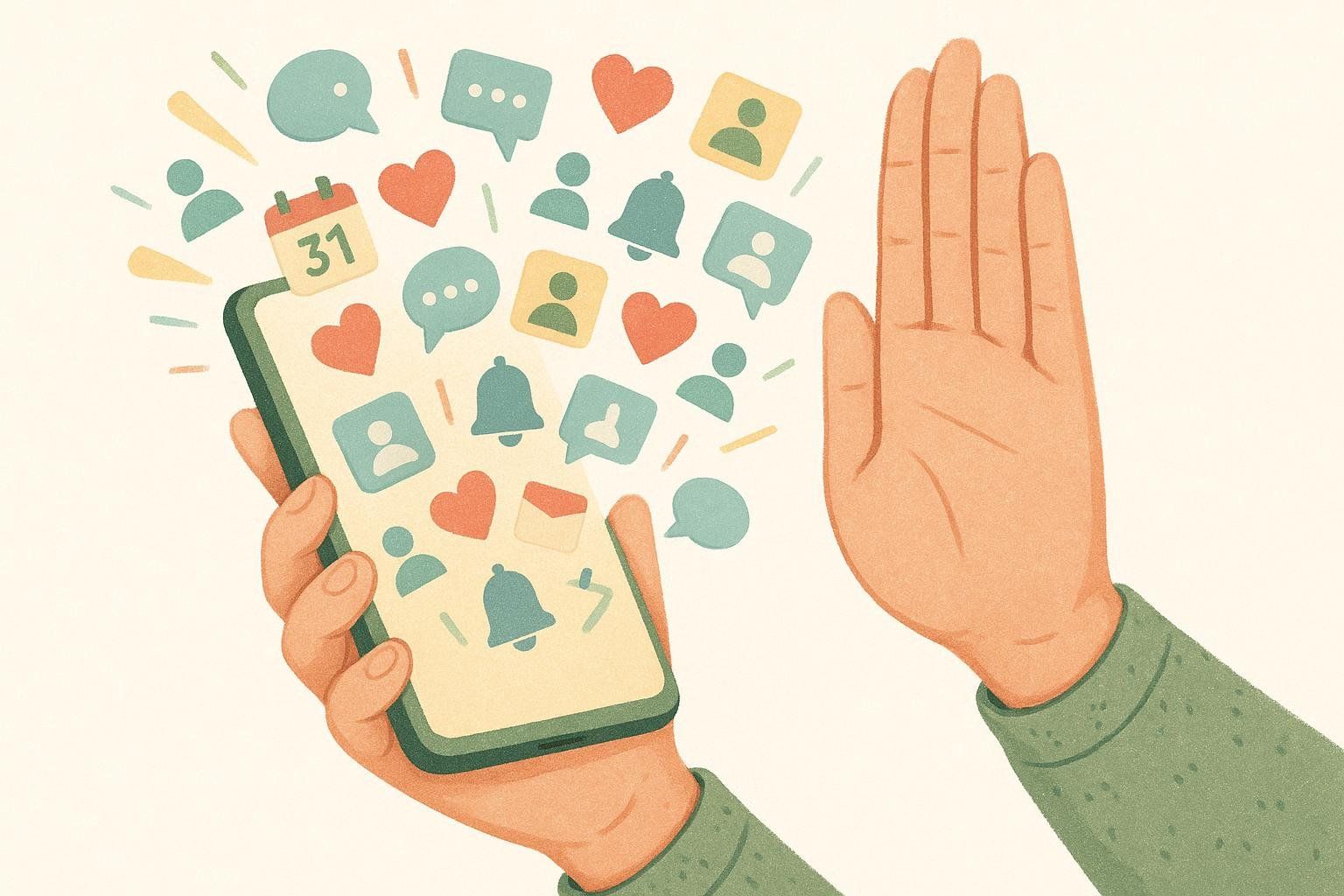
Every ding triggers a hit of dopamine that fractures focus. A foundational 2008 UC Irvine study on the cost of interruptions found it takes about 23 minutes to fully resume a task after being interrupted.
Action plan
- Mute social and email notifications; schedule two “inbox sweeps” daily.
- Park your phone out of sight (and reach) while working.
- Try browser extensions that automatically block distracting sites.
3. Work & Study in Time-Boxed Focus Blocks
Your brain cycles through 90-minute ultradian rhythms. Riding that wave—then resting—prevents mental burnout. Popular frameworks:
| System | Focus: Break | Best For |
|---|---|---|
| Pomodoro | 25 min : 5 min | Quick tasks, beginners |
| 52/17 | 52 min : 17 min | Knowledge work |
| 90/20 | 90 min : 20 min | Deep creative projects |
Pick one, set a timer, and treat breaks as sacred. A short stretch, water refill, or breath work resets dopamine and keeps willpower high.
4. Optimize Your Environment
Small tweaks reduce cognitive load:
- Lighting: Bright, natural-spectrum bulbs mimic daylight and improve alertness (PLOS ONE, 2023).
- Temperature: 68–72 °F (20–22 °C) is the sweet spot for most brains.
- Declutter: Visual clutter competes for attentional resources.
- Greenery: A 2014 study from the University of Exeter suggested a single desk plant can boost concentration by up to 15 percent (University of Exeter, 2014).
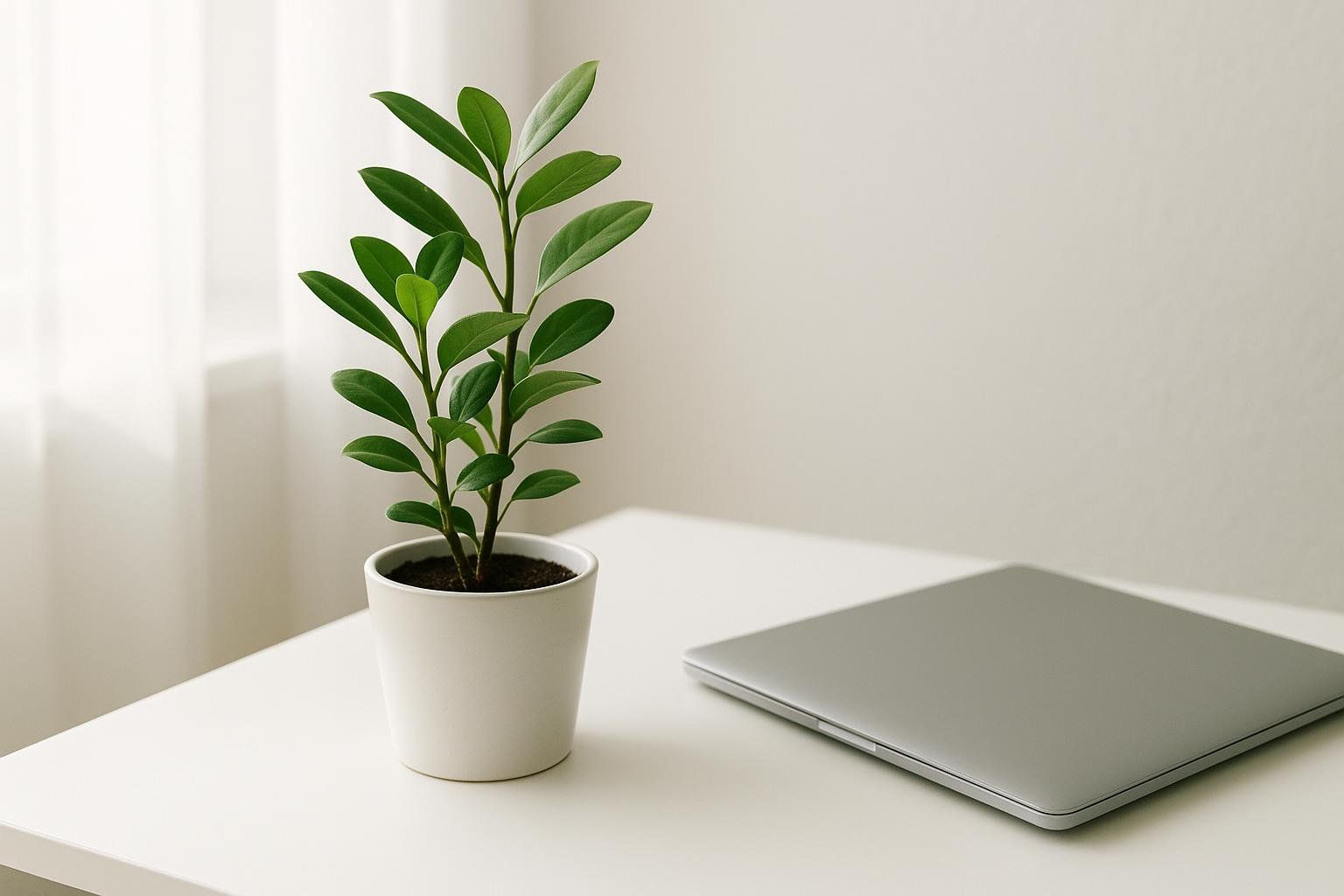
5. Train Your Attention with Mindfulness
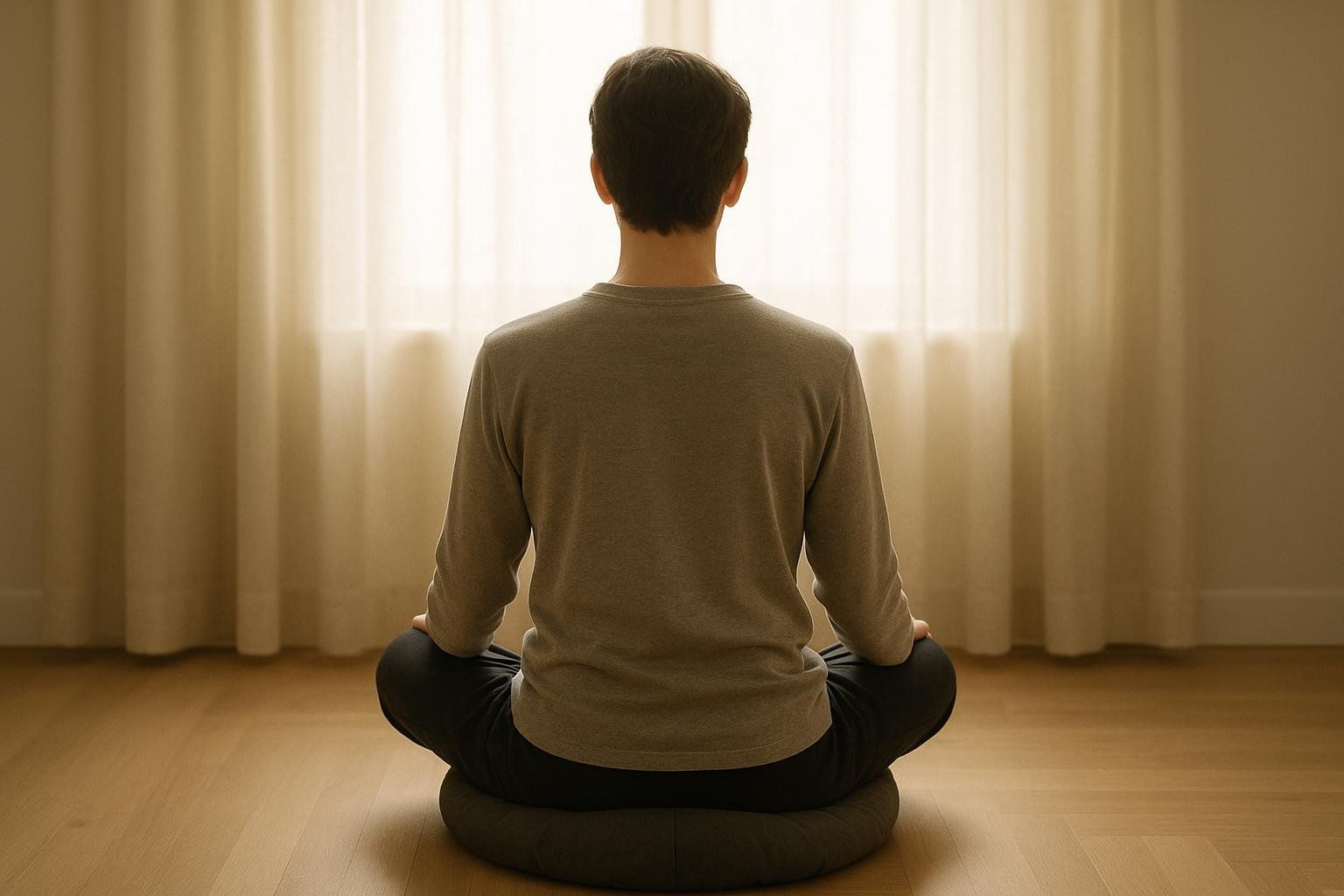
Meditation literally reshapes the brain. Even novices who practiced 10 minutes daily for two weeks improved focus and working memory (Psychological Science, 2013).
How to start
- Use a guided app (e.g., Headspace) for 5 minutes right after waking.
- Anchor mindful breathing to routine events (e.g., before opening email).
6. Hydrate and Feed Your Brain
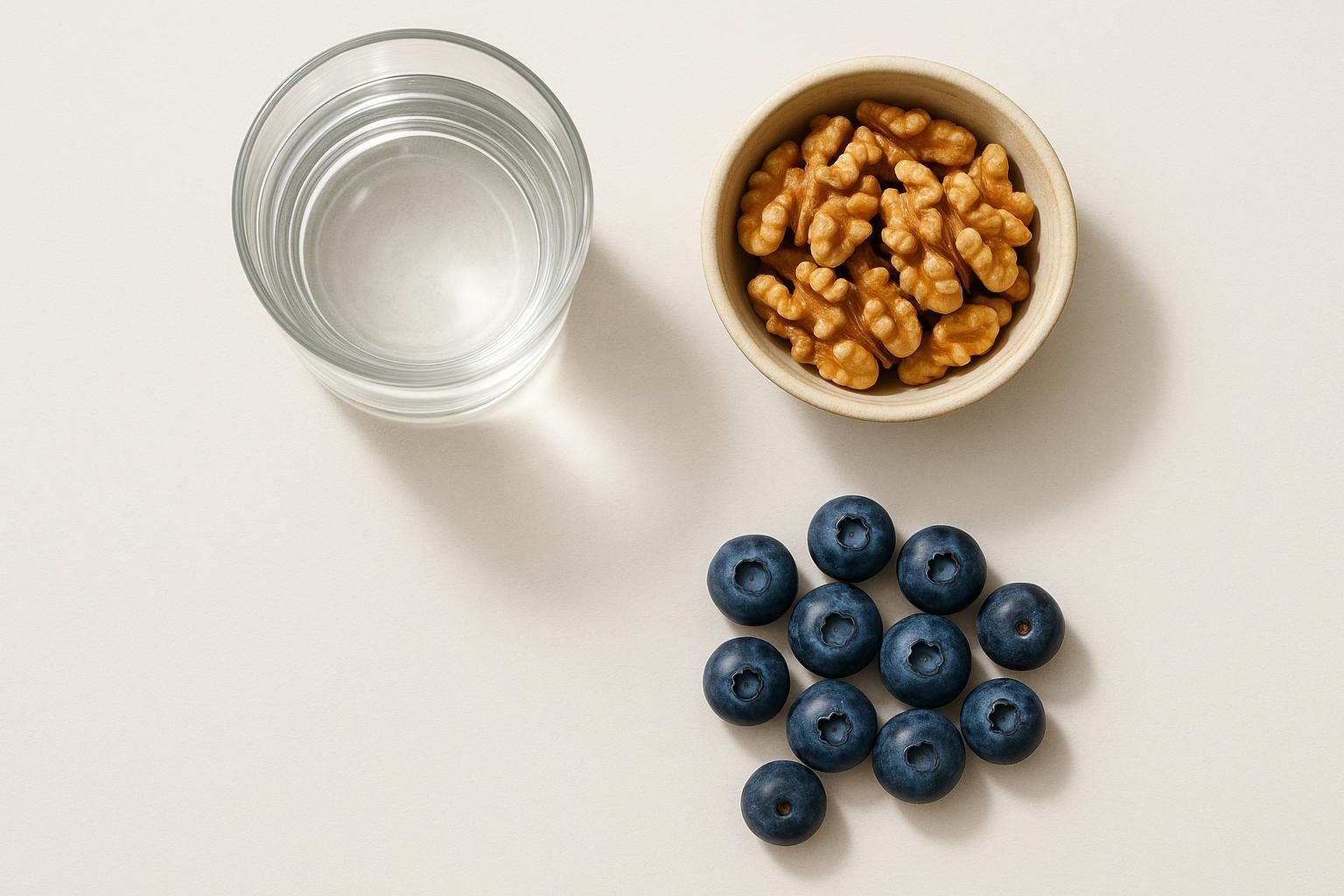
- Dehydration’s impact: Even mild dehydration (1–2 % body water loss) can impair cognitive performance (British Journal of Nutrition, 2012).
- Daily hydration goal: While individual needs vary, a common target is to drink about half your body weight in ounces of water per day (~2 L for many adults).
- Brain foods: Fatty fish, walnuts, blueberries, and leafy greens supply omega-3s, antioxidants, and nitrates that support neuroplasticity.
- Balanced macros: Stable blood sugar (protein + fiber) helps prevent “brain fog” crashes.
7. Move Your Body to Move Your Mind

Aerobic exercise increases blood flow and stimulates BDNF—a protein that helps neurons grow. A meta-analysis covering 29 trials found that 20–40 minutes of moderate cardio significantly sharpened attention in adults (British Journal of Sports Medicine, 2023).
Action plan
- 150 minutes/week of brisk walking, cycling, or swimming.
- Slip in micro-bursts: 60-second jumping jacks between Zoom calls.
Discover more ways to boost energy naturally.
8. Master Single-Tasking & Deep Work Rituals
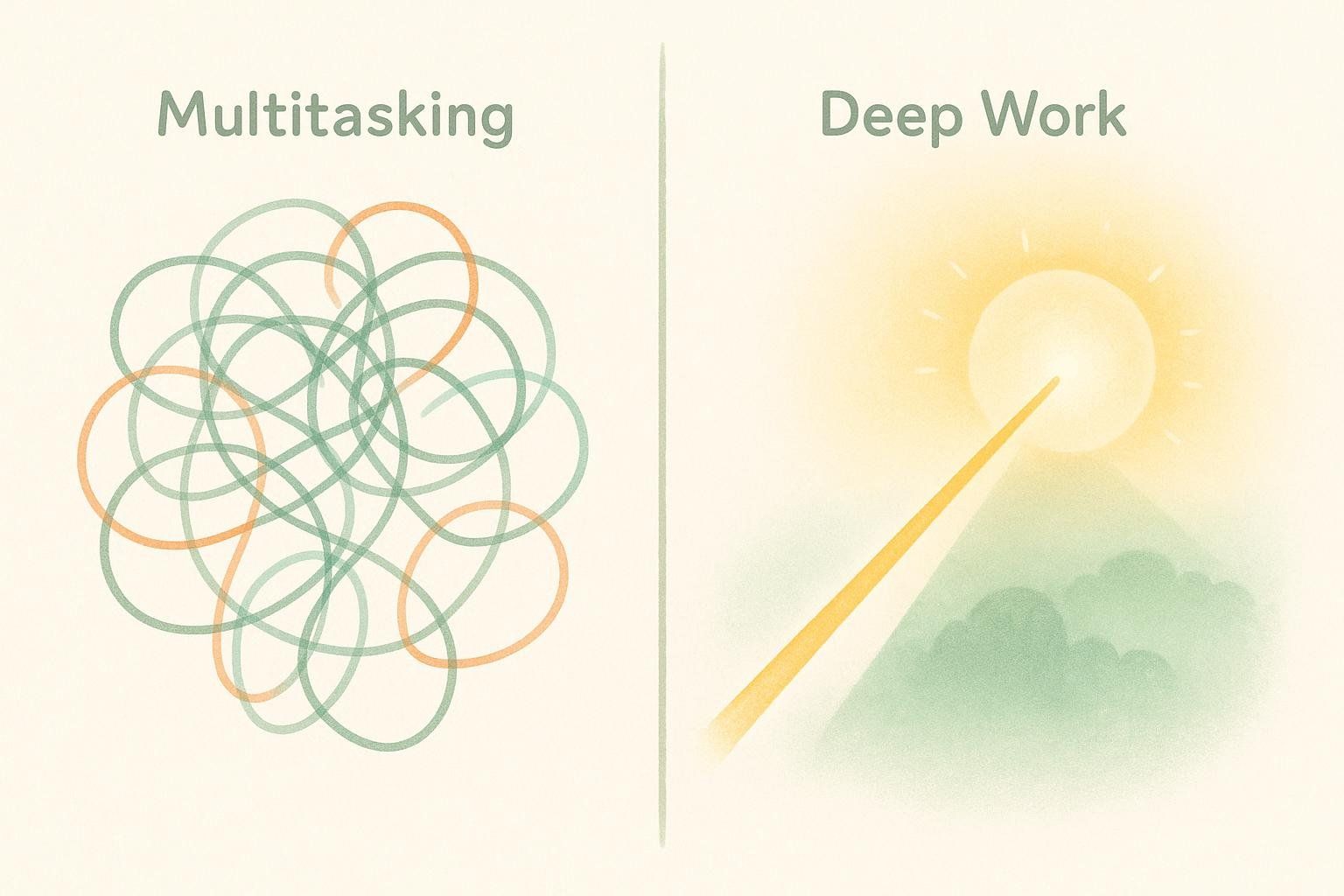
Switching rapidly between tasks can slash productivity by up to 40 percent, according to the American Psychological Association. Borrow from author Cal Newport’s “Deep Work” playbook:
- Set a daily focus block appointment on your calendar.
- Keep a “distraction capture” pad—write down off-topic thoughts instead of acting on them.
- Signal the start of focus with a ritual: brew tea, play instrumental music, light a candle.
9. Schedule Strategic Recharge Breaks

Chronic stress elevates cortisol, which hijacks the prefrontal cortex. Counter with 60-second micro-practices:
- Box breathing: Inhale 4, hold 4, exhale 4, hold 4.
- Eye-gaze reset: Look 20 feet away for 20 seconds (20-20-20 rule) to reduce fatigue.
- Mini-walk: Sunlight + movement = dopamine boost.
10. Use Nootropics and Supplements Strategically

Combining caffeine with L-theanine—an amino acid in green tea—has been shown to improve attention and reaction time (Nutritional Neuroscience, 2019).
Preliminary evidence also suggests potential cognitive benefits from creatine (BMC Medicine, 2023) and Rhodiola rosea (Phytomedicine, 2011), though findings are mixed and more research is needed.
Safety reminder: Consult your doctor or a registered dietitian; supplements can interact with medications.
11. Align Tasks with Your Energy Peaks
Many people find they hit a cognitive high mid-morning and a smaller bump late afternoon. Track your productivity for a week to discover your personal peaks—then schedule complex work accordingly.
12. Make Focus Automatic with Habit Cues
Habits free your brain from decision fatigue. Use the formula “When X happens, I will do Y”—e.g., “When I sit at my desk at 8 a.m., I’ll start a 52-minute focus timer.” Repetition wires the basal ganglia, making focus automatic.
Frequently Asked Questions
What are the best foods for focus?
Fatty fish, berries, nuts, and leafy greens provide omega-3s, antioxidants, and nitrates that support brain health. Omega-3 fats (especially DHA) help maintain neuronal membrane fluidity, which aids signal transmission and overall cognitive function.
Does music help concentration?
Instrumental or “brown noise” tracks can block background chatter. Because they don’t contain lyrics, they mask distractions without engaging the brain’s language-processing centers—many people find that lyrics can interfere with verbal tasks such as reading or writing.
How can I stay focused working from home?
- Set physical boundaries (closed door, noise-canceling headphones).
- Use time-boxed focus sprints (e.g., Pomodoro sessions).
- Signal family or roommates with a visible “focus light.”
- Start each work block with a simple ritual—brew coffee, review your daily plan.
Track the Whole-Body Impact of Sharper Focus
Sharper focus habits—better sleep, nutritious meals, and regular workouts—don’t just clear mental fog. They also drive measurable changes in body composition, from increased lean muscle to reduced visceral fat, which can help support stable energy and cognition.
A BodySpec DEXA scan makes those physical changes visible by quantifying fat mass, lean mass, and bone density. Track how these new habits are transforming your physical health from the inside out.
Book your scan to start tracking progress in both mind and body today.
